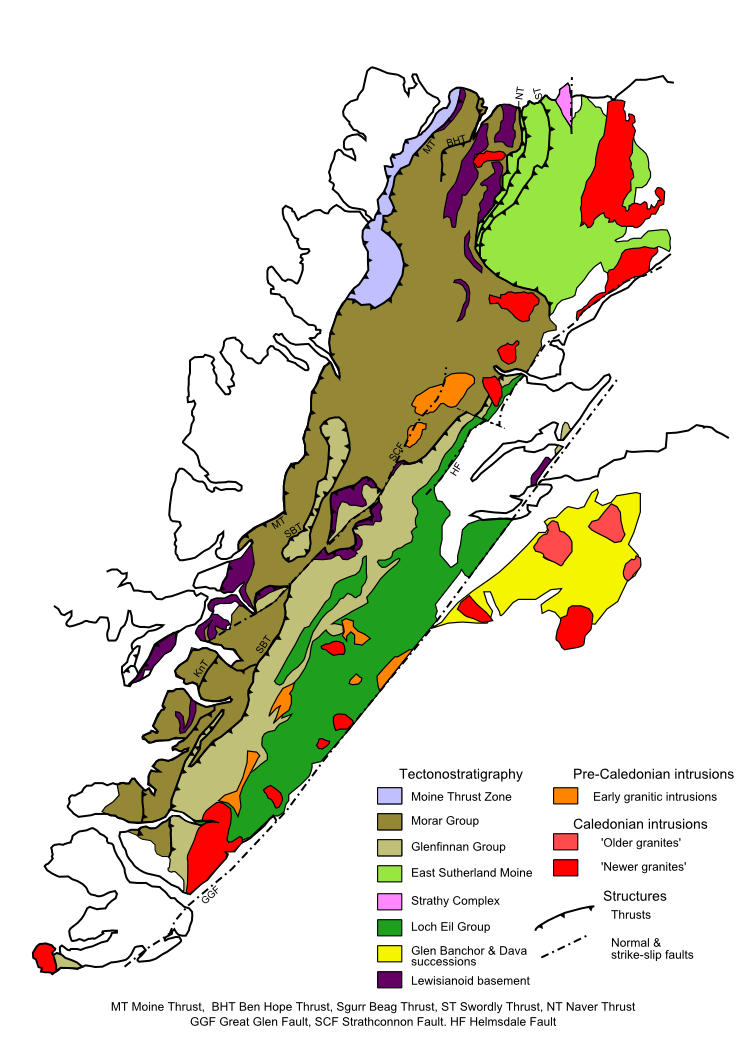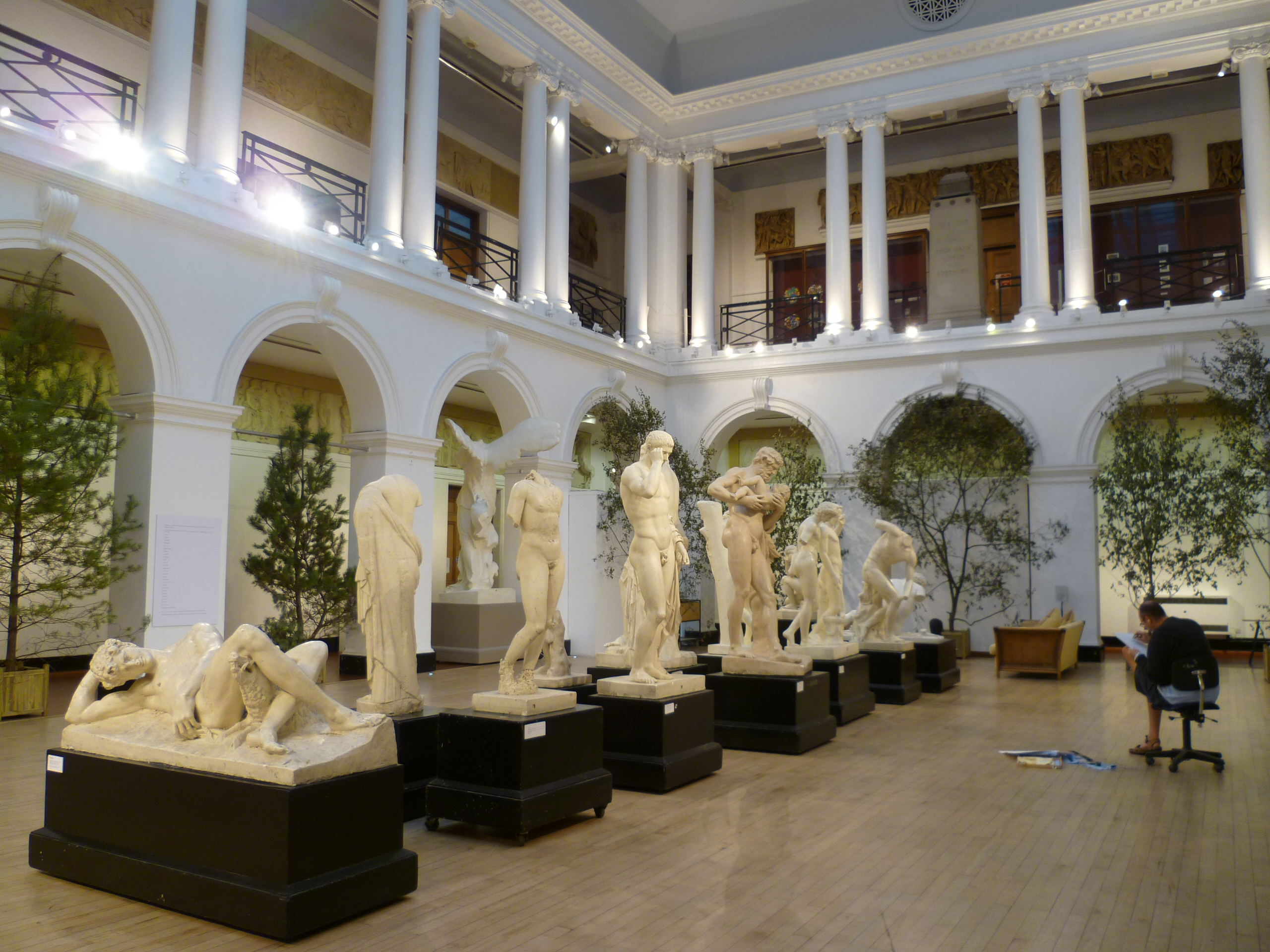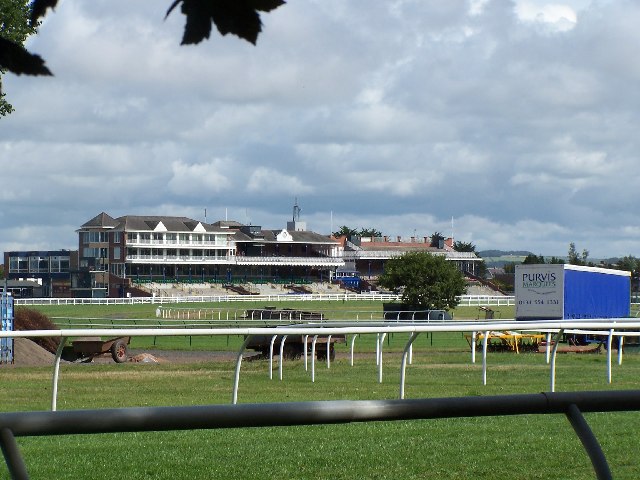|
1907 In Scotland
Events from the year 1907 in Scotland. Incumbents * Secretary for Scotland and Keeper of the Great Seal ŌĆō John Sinclair Law officers * Lord Advocate ŌĆō Thomas Shaw * Solicitor General for Scotland ŌĆō Alexander Ure Judiciary * Lord President of the Court of Session and Lord Justice General ŌĆō Lord Dunedin * Lord Justice Clerk ŌĆō Lord Kingsburgh Events * 5 February ŌĆō epidemic of meningitis in Glasgow, Edinburgh and Belfast * 24 April ŌĆō Titan Clydebank crane first operates at John Brown & Company's shipyard * 24 August ŌĆō last horse trams in Edinburgh operate * 18 September ŌĆō Andrew Carnegie receives the freedom of Burntisland * New Ayr Racecourse opens * Edinburgh College of Art gains its present name and site * The Moine Thrust Belt in the Scottish Highlands is identified, one of the first to be discovered * Scottish wildcat first scientifically classified * Limited Partnership Act regulates Scottish limited partnerships Births * 2 January ŌĆ ... [...More Info...] [...Related Items...] OR: [Wikipedia] [Google] [Baidu] |
Scotland
Scotland (, ) is a country that is part of the United Kingdom. Covering the northern third of the island of Great Britain, mainland Scotland has a border with England to the southeast and is otherwise surrounded by the Atlantic Ocean to the north and west, the North Sea to the northeast and east, and the Irish Sea to the south. It also contains more than 790 islands, principally in the archipelagos of the Hebrides and the Northern Isles. Most of the population, including the capital Edinburgh, is concentrated in the Central BeltŌĆöthe plain between the Scottish Highlands and the Southern UplandsŌĆöin the Scottish Lowlands. Scotland is divided into 32 administrative subdivisions or local authorities, known as council areas. Glasgow City is the largest council area in terms of population, with Highland being the largest in terms of area. Limited self-governing power, covering matters such as education, social services and roads and transportation, is devolved from the Scott ... [...More Info...] [...Related Items...] OR: [Wikipedia] [Google] [Baidu] |
John Brown & Company
John Brown and Company of Clydebank was a Scottish Naval architecture, marine engineering and shipbuilding firm. It built many notable and world-famous ships including , , , , , and the ''Queen Elizabeth 2 (ship), Queen Elizabeth 2''. At its height, from 1900 to the 1950s, it was one of the most highly regarded, and internationally famous, shipbuilding companies in the world. However thereafter, along with other UK shipbuilders, John Brown's found it increasingly difficult to compete with the emerging shipyards in Eastern Europe and the far East. In 1968 John Brown's merged with other Clydeside shipyards to form the Upper Clyde Shipbuilders consortium, but that collapsed in 1971. The company then withdrew from shipbuilding but its engineering arm remained successful in the manufacture of industrial gas turbines. In 1986 it became a wholly owned subsidiary of Trafalgar House (company), Trafalgar House, which in 1996 was taken over by Kvaerner. The latter closed the Clydebank en ... [...More Info...] [...Related Items...] OR: [Wikipedia] [Google] [Baidu] |
Scottish Limited Partnership
A Scottish limited partnership (SLP) is a form of limited partnership registered under Scots law. SLPs have features that give them advantages as investment vehicles and have been criticized for having inadequate anti-money laundering rules. Unlike other UK limited partnerships, SLPs have legal personality, which allows them to hold assets and enter into contracts in their own right. History SLPs are governed by the Partnership Act 1890 and the Limited Partnerships Act 1907. Prior to 2017, the ownership of SLPs was not disclosed in company filings. On 26 June 2017 regulatory changes required that SLPs disclose persons with significant control to Companies House. Changes to the regulations were followed by a significant drop in the number of newly registered SLPs. Illicit use SLPs have been used to launder proceeds from criminal activities worldwide, including the proceeds of a $1 billion heist of major Moldovan banks. According to Transparency International, ŌĆ£these superfici ... [...More Info...] [...Related Items...] OR: [Wikipedia] [Google] [Baidu] |
Journal Of Natural History
The ''Journal of Natural History'' is a scientific journal published by Taylor & Francis focusing on entomology and zoology. The journal was established in 1841 under the name ''Annals and Magazine of Natural History'' (''Ann. Mag. Nat. Hist.'') and obtained its current title in 1967. The journal was formed by the merger of the ''Magazine of Natural History'' (1828ŌĆō1840) and the ''Annals of Natural History'' (1838ŌĆō1840; previously the ''Magazine of Zoology and Botany'', 1836ŌĆō1838) and '' Loudon and Charlesworth's Magazine of Natural History''. In September 1855, the ''Annals and Magazine of Natural History'' published "On the Law which has Regulated the Introduction of New Species", a paper which Alfred Russel Wallace had written while working in the state of Sarawak on the island of Borneo in February of that year. [...More Info...] [...Related Items...] OR: [Wikipedia] [Google] [Baidu] |
Scottish Wildcat
The Scottish wildcat is a European wildcat (''Felis silvestris silvestris'') population in Scotland. It was once widely distributed across Great Britain, but the population has declined drastically since the turn of the 20th century due to habitat loss and persecution. It is now limited to northern and eastern Scotland. Camera-trapping surveys carried out in the Scottish Highlands between 2010 and 2013 revealed that wildcats live foremost in mixed woodland, whereas feral and domestic cats (''Felis catus'') were photographed mostly in grasslands. It is listed as Critically Endangered in the United Kingdom and is threatened by hybridization with domestic cats. Since all individuals sampled in recent years showed high levels of hybridisation, this population is thought to undergo extinction. Taxonomy ''Felis grampia'' was the scientific name proposed by Gerrit Smith Miller Jr. in 1907 who first described the skin and the skull of a wildcat specimen from Scotland. He argued th ... [...More Info...] [...Related Items...] OR: [Wikipedia] [Google] [Baidu] |
Geological Survey Of Great Britain
The British Geological Survey (BGS) is a partly publicly funded body which aims to advance geoscientific knowledge of the United Kingdom landmass and its continental shelf by means of systematic surveying, monitoring and research. The BGS headquarters are in Keyworth, Nottinghamshire, England. Its other centres are located in Edinburgh, Wallingford, Cardiff and London. The current motto of the BGS is: ''Gateway to the Earth''. History and previous names The Geological Survey was founded in 1835 by the Board of Ordnance as the Ordnance Geological Survey, under Henry De la Beche. This was the world's first national geological survey. It remained a branch of the Ordnance Survey for many years. In 1965, it was merged with the Geological Museum and Overseas Geological Surveys, under the name of Institute of Geological Sciences. On 1 January 1984, the institute was renamed the British Geological Survey (and often referred to as the BGS), a name still carried today. Competences ... [...More Info...] [...Related Items...] OR: [Wikipedia] [Google] [Baidu] |
Scottish Highlands
The Highlands ( sco, the Hielands; gd, aŌĆÖ Gh├Āidhealtachd , 'the place of the Gaels') is a historical region of Scotland. Culturally, the Highlands and the Lowlands diverged from the Late Middle Ages into the modern period, when Lowland Scots replaced Scottish Gaelic throughout most of the Lowlands. The term is also used for the area north and west of the Highland Boundary Fault, although the exact boundaries are not clearly defined, particularly to the east. The Great Glen divides the Grampian Mountains to the southeast from the Northwest Highlands. The Scottish Gaelic name of ' literally means "the place of the Gaels" and traditionally, from a Gaelic-speaking point of view, includes both the Western Isles and the Highlands. The area is very sparsely populated, with many mountain ranges dominating the region, and includes the highest mountain in the British Isles, Ben Nevis. During the 18th and early 19th centuries the population of the Highlands rose to around 300,000, but ... [...More Info...] [...Related Items...] OR: [Wikipedia] [Google] [Baidu] |
Moine Thrust Belt
The Moine Thrust Belt or Moine Thrust Zone is a linear tectonic feature in the Scottish Highlands which runs from Loch Eriboll on the north coast south-west to the Sleat peninsula on the Isle of Skye. The thrust belt consists of a series of thrust faults that branch off the Moine Thrust itself. Topographically, the belt marks a change from rugged, terraced mountains with steep sides sculptured from weathered igneous, sedimentary and metamorphic rocks in the west to an extensive landscape of rolling hills over a metamorphic rock base to the east. Mountains within the belt display complexly folded and faulted layers and the width of the main part of the zone varies up to , although it is significantly wider on Skye. Discovery The presence of metamorphic gneisses and schists lying apparently stratigraphically above sedimentary rocks of lower Paleozoic age in the Northwest Highlands had been known since the early 19th century, convincing Roderick Murchison that the change was ... [...More Info...] [...Related Items...] OR: [Wikipedia] [Google] [Baidu] |
Edinburgh College Of Art
Edinburgh College of Art (ECA) is one of eleven schools in the College of Arts, Humanities and Social Sciences at the University of Edinburgh. Tracing its history back to 1760, it provides higher education in art and design, architecture, history of art, and music disciplines for over three thousand students and is at the forefront of research and research-led teaching in the creative arts, humanities, and creative technologies. ECA comprises five subject areas: School of Art, Reid School of Music, School of Design, School of History of Art, and Edinburgh School of Architecture & Landscape Architecture (ESALA). ECA is mainly located in the Old Town, Edinburgh, Old Town of Edinburgh, overlooking the Grassmarket; the Lauriston Place campus is located in the University of Edinburgh's Central Area Campus, not far from George Square, Edinburgh, George Square. The college was founded in 1760, and gained its present name and site in 1907. Formerly associated with Heriot-Watt University, ... [...More Info...] [...Related Items...] OR: [Wikipedia] [Google] [Baidu] |
Ayr Racecourse
Ayr Racecourse at Whitletts Road, Ayr, Scotland,''British Racing and Racecourses'' () by Marion Rose Halpenny ŌĆō Page 71 was opened in 1907. There are courses for flat and for National Hunt racing. History Horse racing in Ayr dates back to 1576, but the first official meeting did not take place until 1771 at a racecourse situated in the Seafield area of the town. This first racecourse was a mile oval with sharp bends. In the early days, racing was supported by the local landed gentry and members of the Caledonian Hunt. Important figures in the course's history have included the Earl of Eglinton, Sir James Boswell and the Duke of Portland. In 1824, Ayr's most important race meeting, the Western Meeting, was established and by 1838 it offered ┬Ż2000 in prize money and the most valuable two-year-old race of the season in Britain. The meeting's feature race, the Ayr Gold Cup, became a handicap race in 1855 and is now the richest sprint handicap in Europe. Due to the small ... [...More Info...] [...Related Items...] OR: [Wikipedia] [Google] [Baidu] |
Burntisland
Burntisland ( , sco, also Bruntisland) is a former royal burgh and parish in Fife, Scotland, on the northern shore of the Firth of Forth. According to the 2011 census, the town has a population of 6,269. It was previously known as Wester Kinghorn or Little Kinghorn. It is known locally for its award-winning sandy beach, the 15th-century Rossend Castle, as well as the traditional summer fair and Highland games day. To the north of the town a hill called The Binn is a landmark of the Fife coastline; a volcanic plug, it rises above sea level. History Early evidence of human activity in this area has been found in rock carvings on the Binn, thought to be about 4,000 years old. The Roman commander Agricola may have used the natural harbour and set up camp at the nearby Dunearn Hill in AD 83. The earliest historical record of the town was in the 12th century, when the monks of Dunfermline Abbey owned the harbour and neighbouring lands.Lamont-Brown ''Fife in History and Legend ... [...More Info...] [...Related Items...] OR: [Wikipedia] [Google] [Baidu] |
Andrew Carnegie
Andrew Carnegie (, ; November 25, 1835August 11, 1919) was a Scottish-American industrialist and philanthropist. Carnegie led the expansion of the American steel industry in the late 19th century and became one of the richest Americans in history. He became a leading philanthropist in the United States, Great Britain, and the British Empire. During the last 18 years of his life, he gave away around $350 million (roughly $ billion in ), almost 90 percent of his fortune, to charities, foundations and universities. His 1889 article proclaiming " The Gospel of Wealth" called on the rich to use their wealth to improve society, expressed support for progressive taxation and an estate tax, and stimulated a wave of philanthropy. Carnegie was born in Dunfermline, Scotland, and emigrated to Pittsburgh with his parents in 1848 at age 12. Carnegie started work as a telegrapher, and by the 1860s had investments in railroads, railroad sleeping cars, bridges, and oil derricks. H ... [...More Info...] [...Related Items...] OR: [Wikipedia] [Google] [Baidu] |









